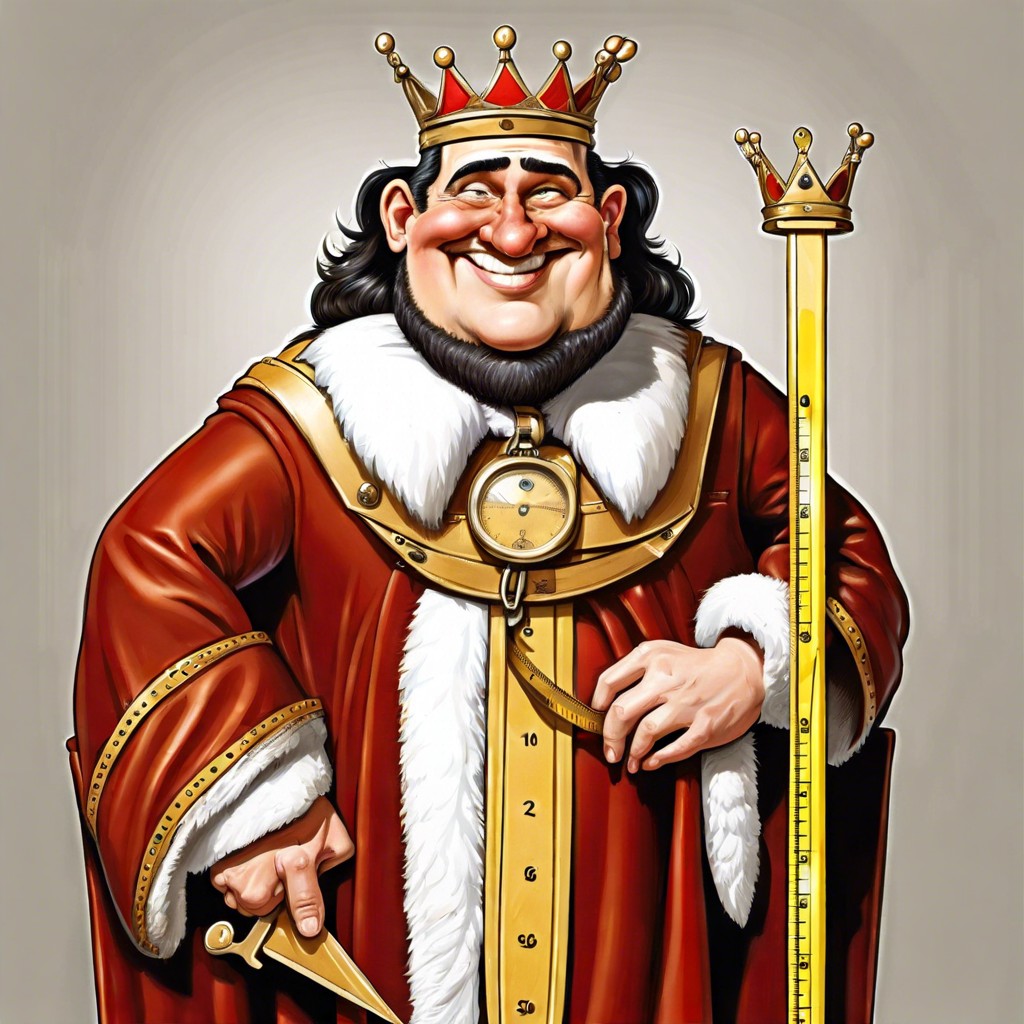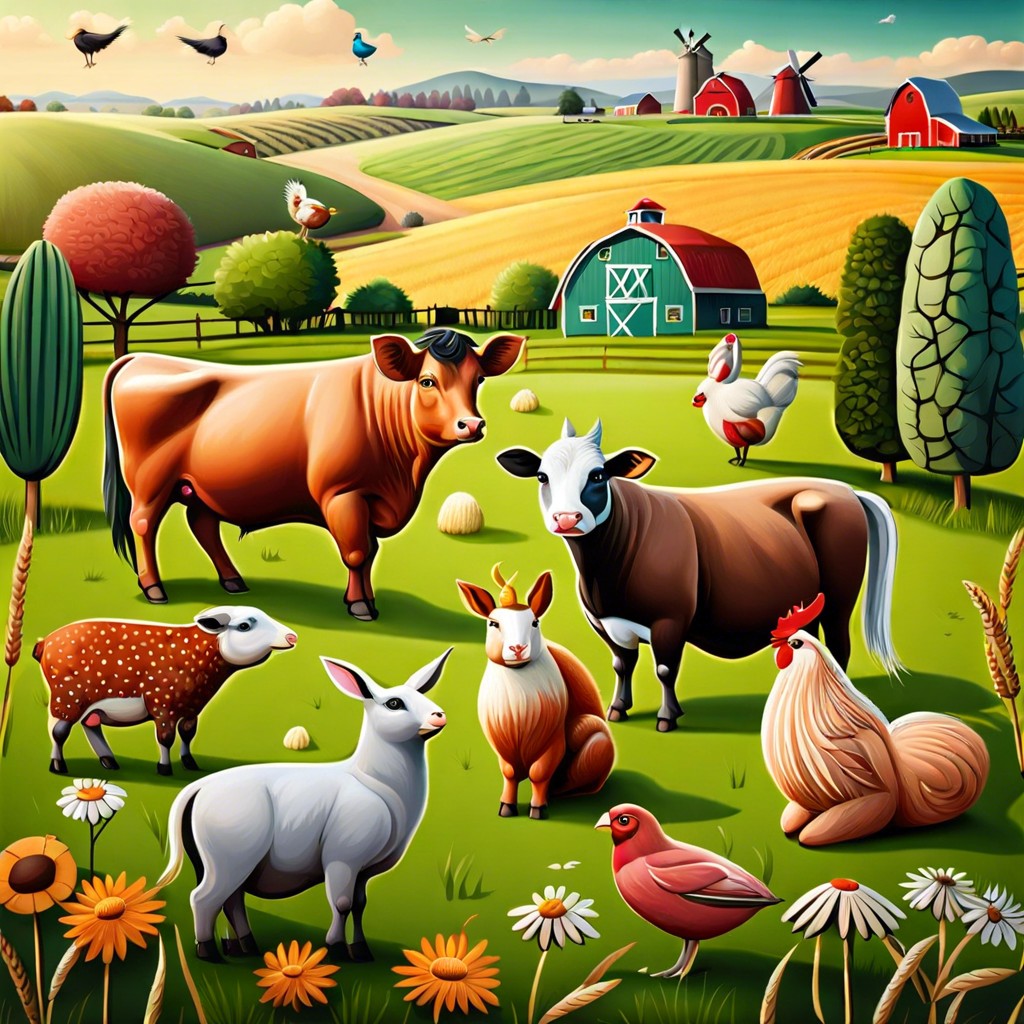Discover the exact size of a quart and how it compares to other common volume measurements.
Key takeaways:
- A quart is a unit of volume measurement equal to two pints or four cups.
- 1 quart is approximately equal to 0.946 liters.
- There are 4 quarts in a gallon.
- Quarts are commonly used in cooking, grocery shopping, gardening, and automotive care.
- Understanding quart measurements is crucial for precise measurements and conversions.
Definition of a Quart
A quart is a unit of volume measurement commonly used in both the British Imperial and the United States customary systems. In the US system, one quart equals two pints or four cups. This is equivalent to roughly 0.946 liters. For the British Imperial system, the quart is slightly larger, approximately 1.136 liters. The difference stems from the definition of gallons in each system: the US gallon is defined as 231 cubic inches, whereas the Imperial gallon is defined as 277.4 cubic inches.
Understanding these basic conversions helps in cooking, fluid intake tracking, and even when purchasing household liquids like detergent or motor oil. It’s a practical unit that bridges the gap between the smaller units like cups and the larger units like gallons, facilitating more precise measurements without requiring large numbers.
Quart Conversions to Other Units
Understanding quart conversions is essential for cooking, baking, and measuring various liquids. Here’s how a quart translates into other common units:
- Gallons: There are 4 quarts in a gallon. To convert quarts to gallons, simply divide the number of quarts by 4.
- Liters: A quart is approximately equal to 0.946 liters. When accuracy isn’t crucial, rounding to 0.95 liters can simplify mental calculations.
- Cups: There are 4 cups in a quart. This makes conversions easy when scaling recipes or dividing portions.
- Pints: Each quart consists of 2 pints. This is handy to know, especially when dealing with larger quantities in recipes or when shopping.
By keeping these conversions in mind, you can seamlessly switch between units depending on the context, whether you’re following an international recipe or stocking up on groceries.
Applications of a Quart in Daily Life
Quarts are commonly used in many everyday scenarios, particularly in cooking and grocery shopping. For example, when purchasing liquids like milk or juice, they are often sold in quart-sized containers. This makes it easy to visualize the amount needed for recipes or weekly consumption. In cooking, many recipes will require liquid ingredients measured in quarts, helping ensure the proper proportion of liquids to solids, which is crucial for the desired texture and flavor of dishes.
In addition to culinary applications, quarts are also useful in other contexts such as gardening. When mixing soil with water or fertilizers, knowing the quart measurement helps in achieving the right saturation level for healthy plant growth. This unit also proves handy in automotive care, particularly when changing or filling fluids like oil or coolant, where precision is key to proper vehicle function. Understanding the quart as a measurement unit deeply influences everyday effectiveness in these tasks, reflecting its practical utility.




